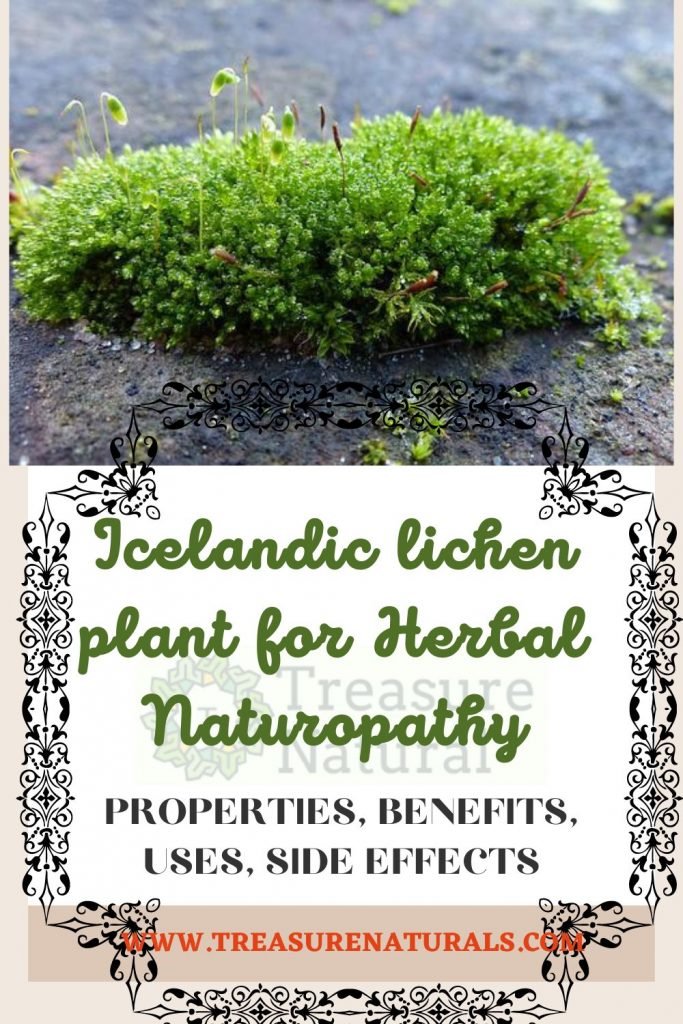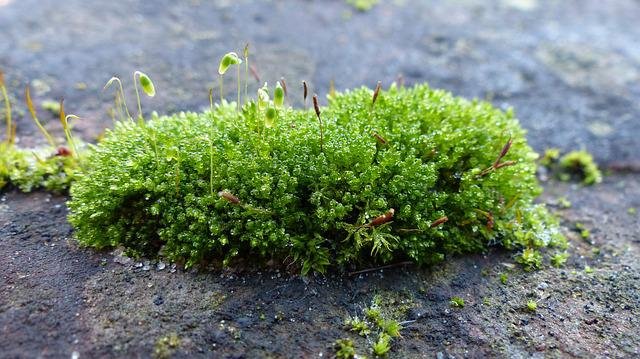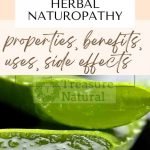
Icelandic lichen (Cetraria islandica L. Ach.) Is a plant of the Parmeliaceae family that stimulates digestive functions and is useful against nausea, vomiting, cough, asthma and sore throat. Let’s find out better.
Properties of Icelandic lichen
The part of the Icelandic lichen containing active ingredients (the drug) is the thallus, in which are present: polysaccharides (lichein and isolichein), bitter lichenic acids (usnic acid, cetraric acid), folic acid, and other B vitamins.
Usnic acid gives the plant an antimicrobial and antiseptic activity useful in the presence of kidney, respiratory and gastrointestinal diseases; while cetrarin exerts a bitter-tonic action, stimulating the digestive and anti- emetic functions, valid for combating nausea and vomiting (even during pregnancy); and in pediatrics as a regulator of the intestine.
Lichenin produces mucilage, a sort of jelly, with marked mucolytic, decongestant and protective for the mucous membranes of the respiratory system, for this reason it is used as an expectorant and fluidifying bronchial secretions in case of cough, pertussis and asthma, and against sore throat,
These properties are therefore useful for relieving bronchi and lungs and upper airways; the skin and tissues that line the gastrointestinal and urogenital systems.
For external use, Icelandic lichen can be used for its soothing and antiseptic activity as an ingredient in cosmetic products against acne, and as a detergent and mild emergency disinfectant on sores and wounds; in the formulation of toothpastes, soaps and detergents with a purifying, disinfectant and deodorant action, in particular for intimate hygiene .
How to use
INTERNAL USE
INFUSION: 1 level spoon of Icelandic thallus lichen, 1 cup of water
Pour the thallus into cold water, turn on the heat and bring to a boil. Boil for a few minutes and turn off the heat. Cover and leave to infuse for 10 min. Filter the infusion and drink it after meals to take advantage of the anti-inflammatory and protective action of the mucous membranes
- dry extract: 500-1000 mg per dose
Mother Tincture prepared from dried thallus titled alcohol. 65 °
Contraindications of Icelandic lichen
It is not recommended to take Icelandic lichen in case of gastritis and peptic ulcer. In fact, the plant contains bitter principles that can worsen the situation
Description of the plant
Lichens are very particular plants in which the thallus is constituted by the association of a fungus (mycobiont) and an alga (photobiont), between which a collaboration relationship is established called symbiosis (from the Greek syn and bios which means life together).
This means that the two organisms live and grow together and that the life of one is closely linked and connected to that of the other, with a mutual benefit.
The Cetraria islandica is a species of fruticose terricolous lichen typical of mountain areas. It has a leafy thallus with lobes, up to 10-15 cm high, with a cartilaginous consistency, light olive green in the upper part, greyish-white in the lower part.
The habitat of the Icelandic lichen
It grows adherent to the ground, more rarely on the barks, in the coldest boreal regions, the most humid and mountainous of Europe and America, also in Italy up to the central Apennines, and not only in Iceland as the name would suggest, probably derived from the fact that in Iceland, the Cetraria is very widespread on the lava fields.
Background

The term lichen derives from the Greek leichèn meaning “to lick” , “to crawl“, due to the fact that these cryptogamic vegetations cover stones and plants, giving the appearance of skin crusts on the rocks or the trunks of the trees on which they vegetate.
Well known by the populations of Northern Europe, it was reported for the first time in 1627 by Valerio Cordo. Already starting from 1700, Linnaeus, Scopoli etc. recommended its use in the therapy of phthisis.
In the Nordic countries it is used as a food: it is collected when it rains or at night, then it is left to macerate in water for 24 hours, in order to eliminate the bitter substances; finally it is dried and ground, thus obtaining a flour.
In fact, lichenin is a carbohydrate that can reach very high percentages, even higher than the starch contained in potatoes, and it is for this high nutritional value that Icelandic lichen is used by the northern populations of the boreal areas as a food, both for animals such as Reindeer, and, in past times of particular famine, also for man, with the trick of depriving him of bitter substances, which would make him inedible, by boiling, or by cold infusion of 24 hours.
In collaboration with Erboristeria del Pigneto.






